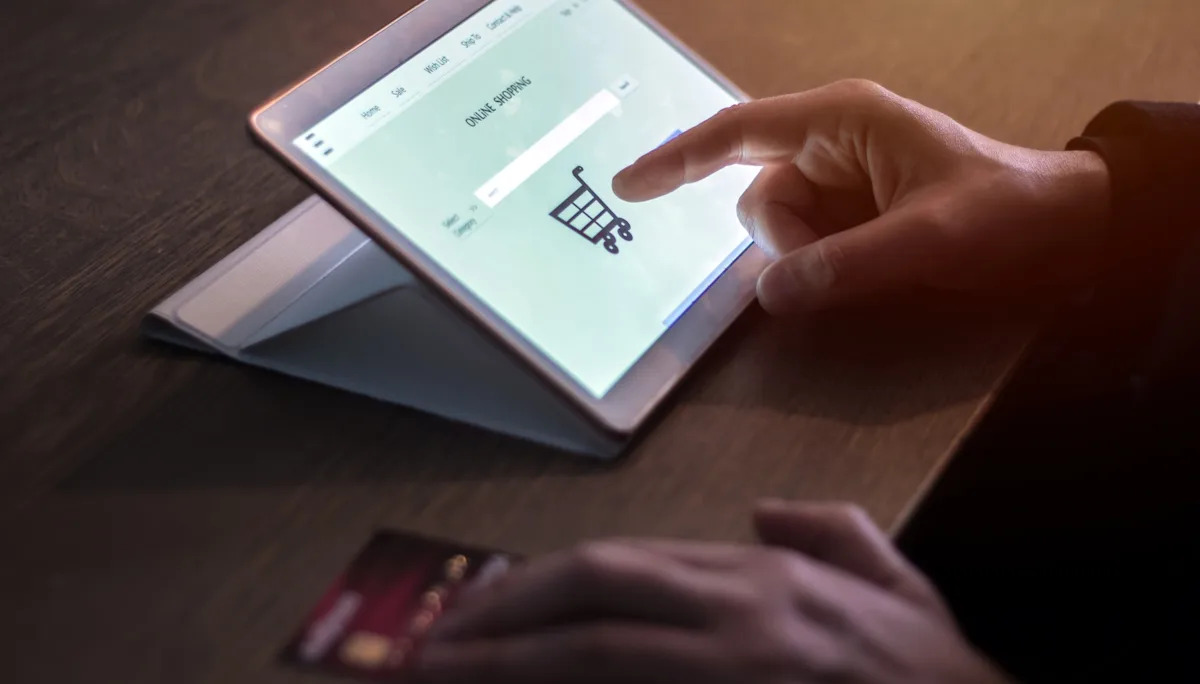
Online shopping became a necessity overnight in the early days of the pandemic, a convenient habit that retained its allure after in-person commerce resumed.
Much in the way internet shopping quietly evolved from “option” to “load-bearing shortcut,” the University of Portsmouth reported that its researchers recently identified another creeping consumer behavior in recent years: “plastic blindness.”
What’s happening?
If someone asked an average person to name the single-use plastics they’d discarded in the past week, chances are the one answering would think of fast food cups, clamshell containers, and other hard plastic objects.
Human memory is notoriously unreliable, and a new study in the peer-reviewed journal Environmental Science & Policy, titled “Plastic blindness: Lifting the blindfold through citizen science,” examined short-term recall in relation to plastic consumption.
Researchers drew data from a citizen science project, The Big Plastic Count, in which 160,000 households in the UK took part. The initiative challenged participants to track the amount of plastic they discarded each week and subsequently submit their findings.
On average, participants discarded 10 pieces of “hard plastic” — which is perhaps easier to recognize as plastic — and 13 pieces of “soft plastic,” such as wrappers, safety lids, and protective seals.
A layperson might easily spot the issue there; films and soft packaging don’t register as “plastic” in the way hard plastic does. According to the authors, that was key to “plastic blindness.”
Phys.org noted that at the conclusion of the count, 45% of participants “admitted they discarded considerably more plastic than they expected,” and frequent online shopping often correlated with underestimating one’s own plastic consumption.
Overall, widespread underestimation of household plastic waste is concerning, but lead author Dr. Kate Whitman posited that initial surprise could help tackle the problem.
“Once confronted with the reality, people were shocked, and that shock can be harnessed as a catalyst for change,” Whitman observed.
Why is plastic blindness a problem?
“Plastic pollution is a central component of the ‘triple planetary crisis,’ [of] climate change, biodiversity loss, and pollution,” the authors wrote in the study’s first sentence.
Immediately thereafter, they referenced the United Nations’ years-long efforts to implement and enforce a Global Plastics Treaty, which would facilitate a reduction in plastic usage worldwide.
Current estimates indicate that a shocking 990 billion pounds of new plastic are manufactured each year. However, as the UN indicated, plastic takes decades to centuries to break down.
“Even then, [plastic] never fully disappears; it just gets smaller and smaller,” the organization added, referencing the massive problem of microplastics.
Microplastics are pervasive in the environment, in wildlife, and in human bodies, and they’re detrimental to all three.
What’s being done about plastic blindness?
Whitman characterized plastic blindness as a “coping strategy” in response to the perception that consumers “have little power to go completely plastic-free.”
It’s true that eliminating all plastic is challenging, but using less plastic is an effective approach to minimizing plastic waste and exposure to microplastics.
In addition to single-use plastics, replacing everyday items with plastic-free alternatives is another way to limit individual plastic blindness.
Join our free newsletter for good news and useful tips, and don’t miss this cool list of easy ways to help yourself while helping the planet.
Disclaimer: This news has been automatically collected from the source link above. Our website does not create, edit, or publish the content. All information, statements, and opinions expressed belong solely to the original publisher. We are not responsible or liable for the accuracy, reliability, or completeness of any news, nor for any statements, views, or claims made in the content. All rights remain with the respective source.
